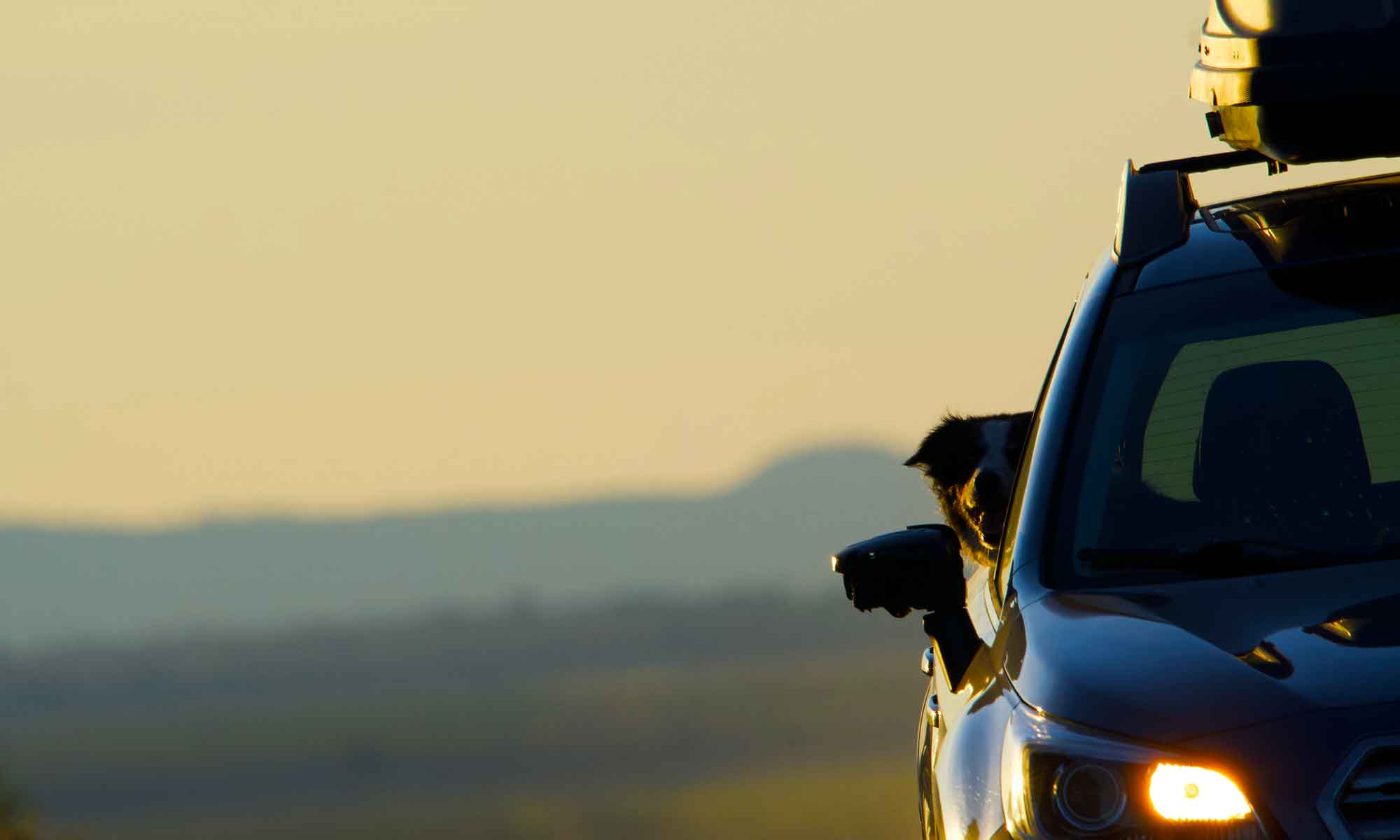
You may have heard of Malheur Refuge in southeastern Oregon’s high desert. It’s known for it’s birding, fishing, and hunting.
But just 200 miles east of there is our favorite site to photograph birds and wildlife, Summer Lake Wildlife Area. It is strategically located within the Pacific flyway and sits in the northern corner of the Great Basin.

For birding, we’ve found Summer Lake is more rewarding. You can gain access via car and dike paths to the marsh lands. Canals and ponds are adjacent to the major loop road.
Plus there are camp/picnic sites within easy access. It might also be that Summer Lake is just an hour’s drive from our house.

We manage to spend a day at the refuge at least every other month, keeping track of the migratory birds, as well as full time residents. There are nearly 300 bird species that nest or pass through the area and it also hosts about 40 different mammals and another 20 or so fish, reptiles and amphibians.
Currently we’re looking to upgrade our photography kit with shooting wildlife in mind. This means we need a telephoto lens at least 400mm. Borrowed Lenses has equipment rentals so you can try out a camera and lens to see if that is going to work. This saves a lot of frustration in what will eventually be a major purchase.

The week’s trial was enlightening. The lens, a 200 to 600mm zoom, was a great fit but we also fell in love with the camera, Sony’s A6400. The other piece of information gleaned was that a smaller, lighter wide angle lens is going to be critical.

Being able to capture images at distances even with the great level of wildlife proximity Summer Lake offers has always been an issue. iPhone cameras are great, Moment lenses work well, but neither of these let you “pull in” those distant critters.

The week was spent with lots of early morning trips to all our favorite haunts. Not just the edge of a marsh, but the mountains and onto a stream side as well. I think in all we had some 5K frames to work with … with wildlife that means you have about 2 dozen decent shots. The ones shared here are just a few. Expect a new photo essay going up next month.













 We make regular excursions to the lake, usually to catch a glimpse of the swans and numerous variety of birds.
We make regular excursions to the lake, usually to catch a glimpse of the swans and numerous variety of birds.
 One sunny afternoon last week we headed over to the Nature Center at Sunriver Resort.
One sunny afternoon last week we headed over to the Nature Center at Sunriver Resort.








 In Central Oregon Fall seems to have gotten skipped over and we’ve moved directly to winter or at least the cold part. That said we took off for Summer Lake this morning hoping to catch some migrating waterfowl.
In Central Oregon Fall seems to have gotten skipped over and we’ve moved directly to winter or at least the cold part. That said we took off for Summer Lake this morning hoping to catch some migrating waterfowl. The weather was overcast with temperatures just above freezing as we drove south Fremont highway (US 31) past Fort Rock on to the high desert.
The weather was overcast with temperatures just above freezing as we drove south Fremont highway (US 31) past Fort Rock on to the high desert.


 The reserve at summer lake was packed with pre-wildfowl season RV’s, no people just their trailers.
The reserve at summer lake was packed with pre-wildfowl season RV’s, no people just their trailers.



 There are an abundance of birds and water fowl taking advantage of the expanded flood plain. Ducks, mostly mallard pairs, and of course flocks of Canada geese. To the year round residents there is a marked increase in song birds, particularly robins and red-winged black birds. The black birds are aggressively staking claim to territory with red flashes from their shoulders and loud calls. There are also small birds that flit too fast for easy identification, but are adding their voices to the choir.
There are an abundance of birds and water fowl taking advantage of the expanded flood plain. Ducks, mostly mallard pairs, and of course flocks of Canada geese. To the year round residents there is a marked increase in song birds, particularly robins and red-winged black birds. The black birds are aggressively staking claim to territory with red flashes from their shoulders and loud calls. There are also small birds that flit too fast for easy identification, but are adding their voices to the choir.
